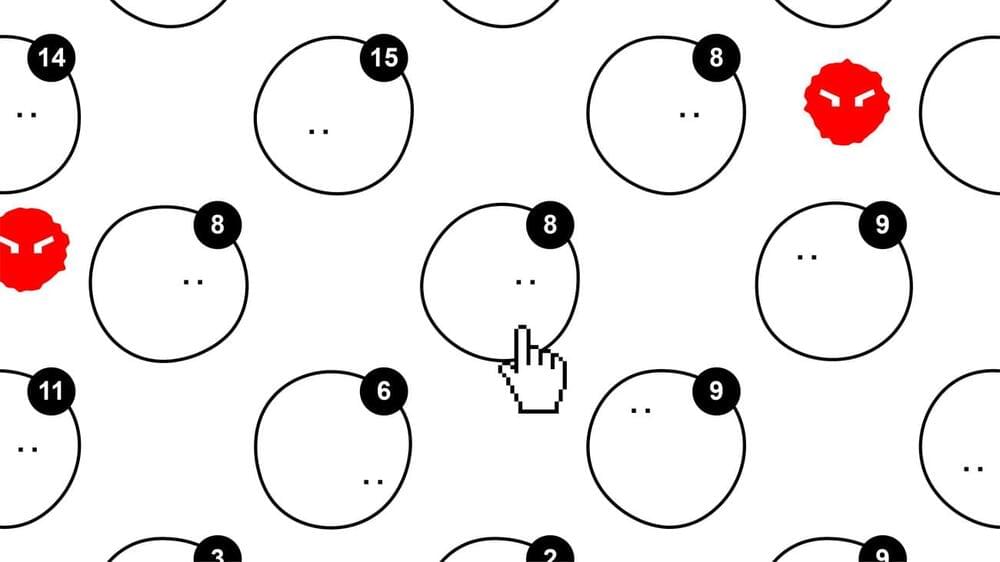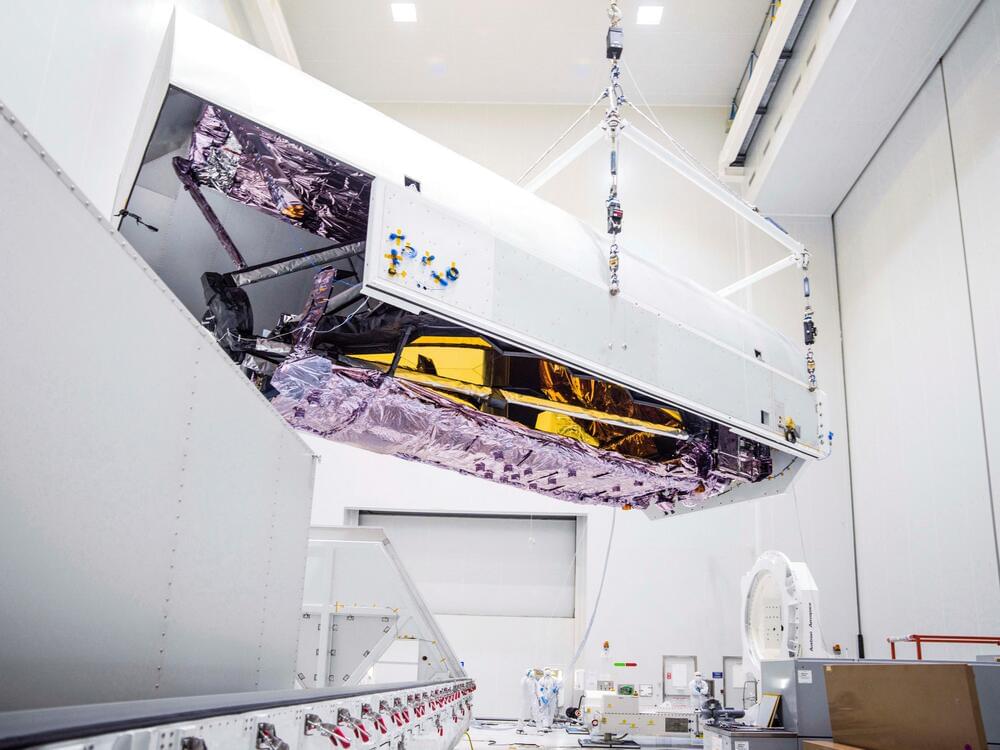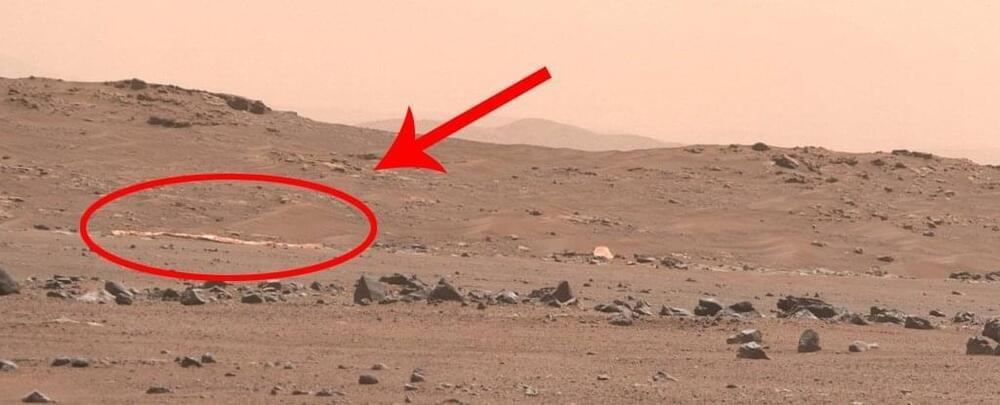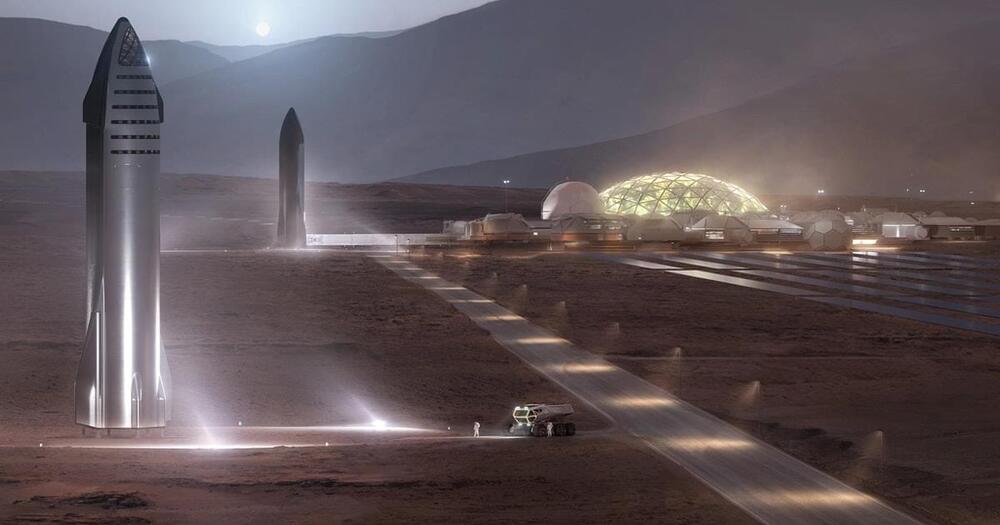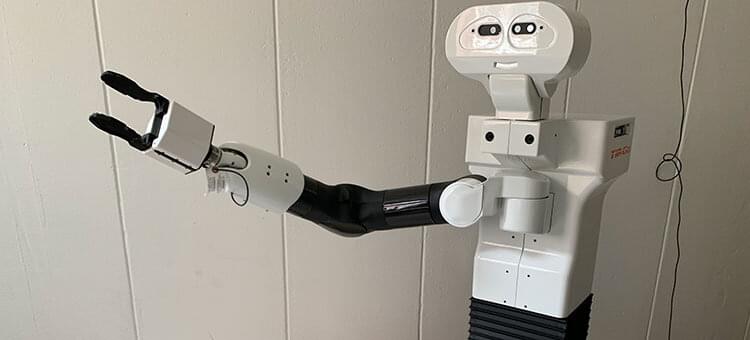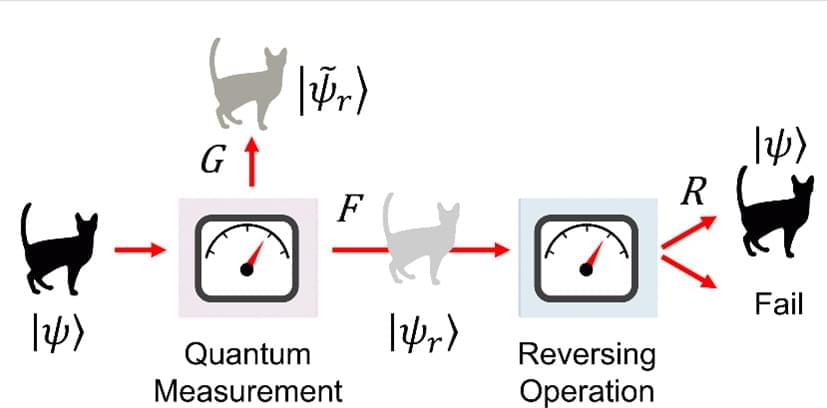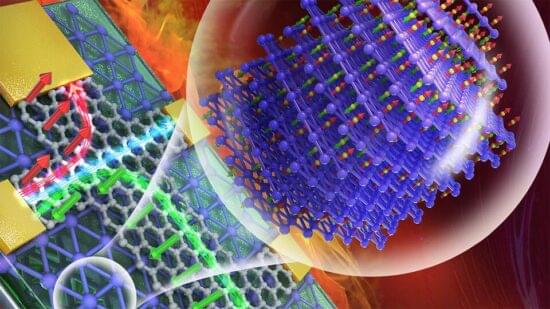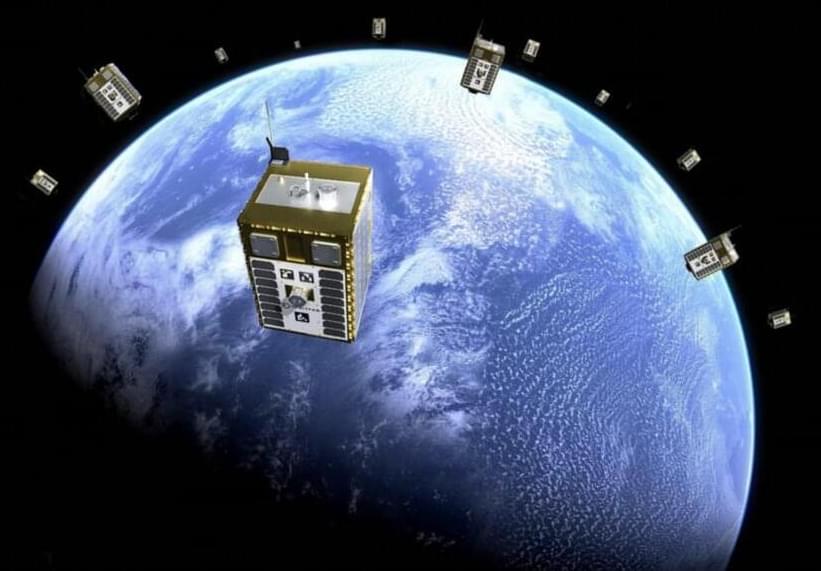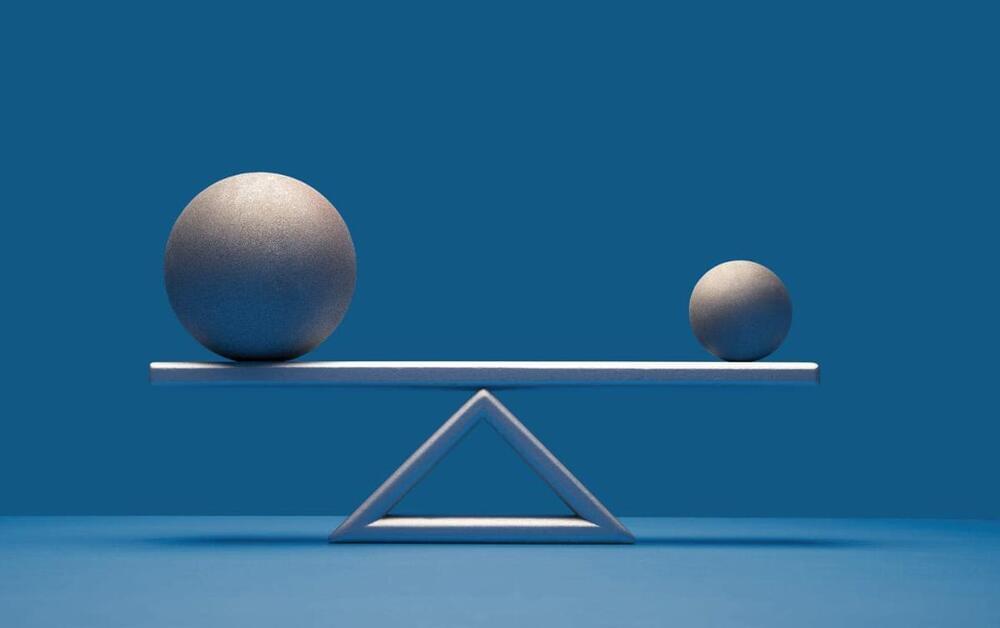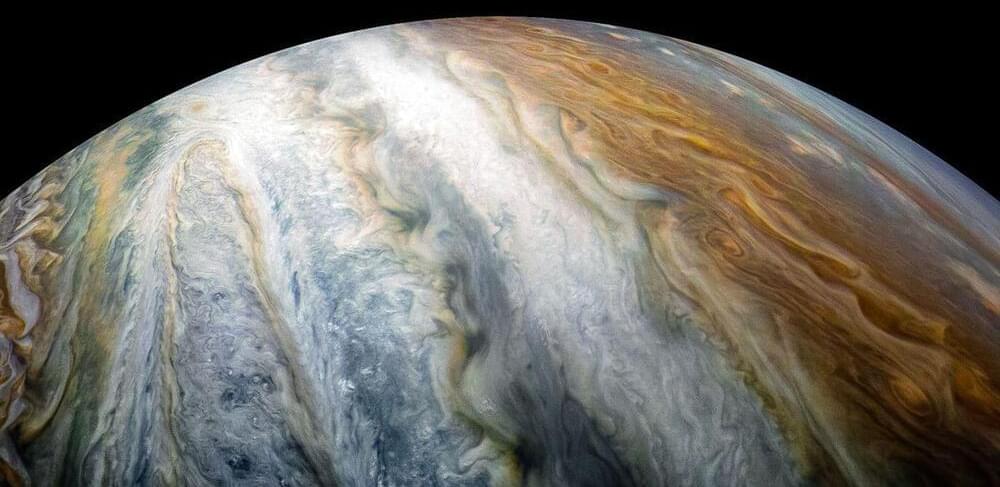
After launching late last year, NASA’s revolutionary James Webb Space Telescope is finally getting ready to fixate its numerous golden mirrors on distant targets.
Intriguingly, though, one of its 13 early targets isn’t so distant at all — at least in the grand scheme of things. It’ll be looking at Jupiter, the iconic gas giant in our own star system. Of course, we already know quite a bit about the planet already— so why investigate it using the JWST if it can have a closer look at far more distant objects?
“We’ve been there with several spacecraft and have observed the planet with Hubble and many ground-based telescopes at wavelengths across the electromagnetic spectrum (from the UV to meters wavelengths),” Berkeley astronomer Imke de Pater, leader of the Jupiter observation team, told Digital Trends, “so we’ve learned a tremendous amount about Jupiter itself, its atmosphere, interior, and about its moons and rings.”
